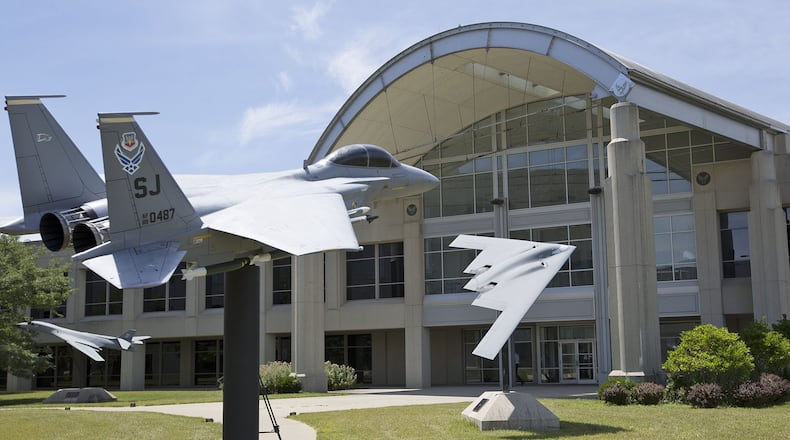The most recent partial federal government shutdown was in 2013, causing thousands of Wright-Patterson civilian employees to be furloughed.
Michael Gessel, Dayton Development Coalition vice president of federal programs, said Tuesday he couldn’t guess what will happen on Friday.
“It is increasingly difficult to predict what Congress will do and the predictions change almost on an hour-by-hour basis,” he said. “There is similarly a very high level of uncertainty and we will not really know until the next few days what the chances are.
“I know it grows tiresome to hear, but yes, the bickering and intransigence between the parties appears to be growing and making legislation more difficult,” he said.
RELATED: Temporary funding prevents shutdown, hurts military, officials say
Big impact
The fallout from the lack of a fully funded defense budget damages national security, wastes money, and impacts government operations and employee morale, Gessel said.
Military leaders — including at Wright-Patterson — have decried temporary stopgap funding measures. They say they lower combat readiness, prevent the start of new programs, cap spending at the previous year’s levels and don’t eliminate reductions under the Budget Control Act of 2011, among the consequences.
Congress has authorized a $700 billion defense bill for the 2018 fiscal year that began Oct. 1, but has not yet passed legislation to fund it.
Wright-Patterson is the largest single-site employer in Ohio with more than 27,000 employees — the vast majority of whom are civilians — and touts a regional economic impact greater than $4 billion.
RELATED: Lack of defense budget raising concerns at Wright-Patterson
Two observers said they expect a fourth continuing resolution by Friday to keep the doors open.
This one will likely last into February or later, said Todd Harrison, director of defense budget analysis at the Center for Strategic and International Studies in Washington.
“But a shutdown remains a real possibility,” he said in an email Tuesday. “Congress will eventually get to a budget deal, but it may take a few more weeks or months.”
Daniel R. Birdsong, a University of Dayton political science lecturer and a Washington observer, expects Congress to roll out a fourth short-term spending measure.
“I think (a shutdown is) unlikely because of the political question of who gets blamed for this,” Birdsong said in an interview.
‘More combative’
Looming large in the budget battle are spats over immigration, funding for a southern border wall with Mexico, the future of Deferred Action for Childhood Arrivals — which protected the young from deportation if they arrived in the United States as an undocumented immigrant — and even the alleged remarks made by President Donald Trump about Haiti and countries in Africa.
“It certainly seems to be more combative and there doesn’t seem to be a lot of relationship building between the Congress and the White House on big ticket items like immigration and tax reform,” Birdsong said in an interview.
Wright-Patterson spokesman Daryl Mayer said Tuesday the sprawling base has not received guidelines on who would be exempt from a furlough.
“We follow a very deliberative process and guidelines to determine what services, if any, would be suspended during any government shutdown,” he wrote in an email.
The last time the base shut down, active-duty military personnel stayed on the job.
Among civilians, exemptions were made for personnel involved with the protection of life or property, such as police, fire, medical services and airfield operations.
The National Museum of the U.S. Air Force, one of the state’s biggest tourist attractions, would close until a funding deal is reached, a spokesman has said.
About the Author
